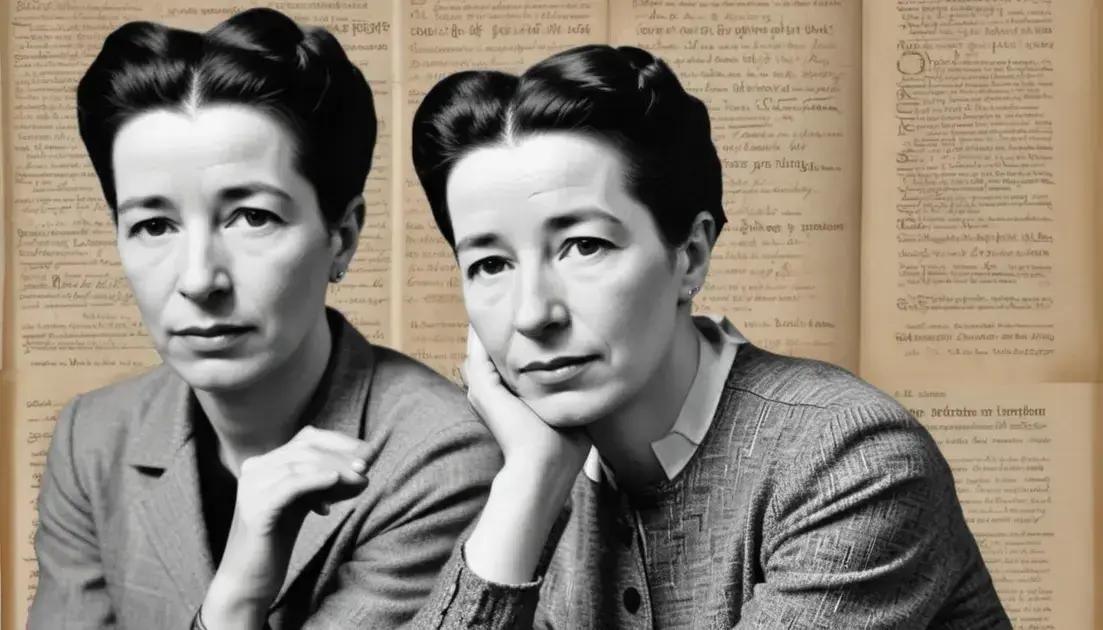
Arab Spring: The Revolutionary Wave that Swept the Middle East
The Arab Spring was a significant wave of protests that began in 2010, primarily in Tunisia, and spread across the Middle East, including countries like Egypt, Libya, and Syria. Citizens demanded an end to corruption and authoritarian regimes, leading to both positive changes and severe struggles in different nations. The aftermath highlighted the challenges of democracy in areas unaccustomed to it while inspiring global conversations about human rights and governance. Social media played a crucial role by amplifying voices and uniting activists, demonstrating the power of collective action in the fight for freedom.
In 2010, the Arab Spring ignited a revolutionary wave across the Middle East, reshaping nations and lives. Have you ever wondered how a series of protests could change history?
The Roots of the Arab Spring
The Arab Spring started with a young man named Mohammed Bouazizi. He lived in Tunisia, where he struggled with unemployment and frustration. In December 2010, his self-immolation sparked outrage among the people. They were tired of corruption and oppression.
Many people took to the streets to demand change. They wanted jobs, freedom, and a say in their government. The moment was powerful and spread quickly to other countries. It was a sign of hope for many.
Countries like Egypt and Libya soon joined the movement. Citizens gathered in large numbers to express their anger and desires. Peaceful protests turned into calls for action. Leaders felt pressure to step down.
The roots of the Arab Spring lie in various issues. Widespread unemployment, especially among the youth, played a big role. Many young people had high hopes for their future but faced closed doors.
Social media also helped unite the movement. Platforms like Facebook and Twitter spread news and organized protests quickly. They gave a voice to those who felt silenced.
The Arab Spring was a wave of change. It challenged long-standing regimes and inspired others worldwide to fight for their rights. It showed that when people unite, they can make a difference.
Major Protests and Revolution
The Major Protests during the Arab Spring shook the Middle East. Citizens poured into the streets, demanding change. They wanted an end to corruption, oppression, and injustice. It all started in Tunisia.
In January 2011, Tunisians gathered in large numbers. They protested against their government. People chanted and held signs. Their cries for freedom were loud and clear. Soon after, the protests spread to Egypt.
In Egypt, hundreds of thousands gathered in Tahrir Square. They demanded the resignation of President Hosni Mubarak. The world watched as the protests grew. The courage of the people inspired many.
Libya also saw major protests. Citizens were unhappy with Muammar Gaddafi’s rule. Violence quickly escalated. Protestors faced a harsh crackdown from the military. A civil war soon broke out, leading to Gaddafi’s downfall.
Other countries like Yemen and Syria saw similar uprisings. People demanded change despite facing danger. In Syria, protests turned violent. The government responded with brutal force, leading to a long and painful civil war.
These protests marked a turning point in history. They showed the power of people united for a common cause. The efforts and sacrifices of everyday citizens paved the way for hope and change. Their voices echoed beyond borders, inspiring others to fight for justice.
Aftermath and Impact
The aftermath of the Arab Spring was complex and varied by country. Some nations saw positive change, while others faced ongoing turmoil. In Tunisia, a new government emerged. Citizens were hopeful for a democratic future.
However, the situation in Egypt was different. After a brief period of hope, military control returned. Many felt betrayed by the promises of the revolution. Protests continued as people demanded real democracy.
In Libya, the aftermath was a struggle. The country faced chaos after Gaddafi’s fall. Various factions fought for power. This division led to ongoing violence and instability. Many Libyans wished for peace but found themselves caught in conflict.
Syria’s impact was devastating. The war that followed protests left cities in ruins. Millions fled their homes, creating a humanitarian crisis. The conflict drew in global powers, complicating any resolution.
Despite struggles, the Arab Spring also sparked inspiration across the world. People began to speak out against oppression, seeking justice and change. This legacy of activism continues today.
Social media played a significant role too. Images and stories from the Arab Spring spread rapidly. They raised awareness of issues not just in the Middle East, but globally. Activists learned from one another and shared strategies.
In summary, the aftermath of the Arab Spring showed both the potential for change and the challenges that follow. It reminded us that the path to freedom can be long and difficult.
Global Reactions and Implications
The global reactions to the Arab Spring varied widely. Many countries observed the events closely. Some leaders praised the movements, while others criticized them. The protests sparked a debate about democracy in the Middle East.
In the West, many admired the courage of protesters. They saw the Arab Spring as a push for freedom. Governments often expressed support for the protests. They hoped for more democratic governance in the region.
However, not everyone was supportive. Some governments feared that the movements could inspire unrest in their own countries. Authoritarian regimes became more cautious. They tightened controls on their citizens.
The Arab Spring also changed international relations. Countries with interests in the Middle East adjusted their policies. For example, the U.S. had to rethink its approach to allies like Egypt.
There were economic implications too. The instability affected oil prices and trade. Some investors worried about the risks in the region. Yet, the protests also showed the potential for new markets.
Social media played a significant role in spreading news. Activists shared images and updates quickly, making global reactions immediate. This highlighted the power of digital communication in modern protests.
In summary, the Arab Spring influenced the world stage. It sparked conversations about democracy, human rights, and international policies. The implications are still felt today.
Conclusion
In conclusion, the Arab Spring marked a significant moment in history. It highlighted the desire for change and democracy among people in the Middle East. Major protests showed the power of ordinary citizens when they unite for a common cause.
The aftermath of these movements varied across different countries. Some found hope and new beginnings, while others faced ongoing struggles and turmoil. Global reactions were mixed, as leaders and governments grappled with the implications of these uprisings.
Through it all, the Arab Spring demonstrated the importance of standing up for rights and freedoms. It also showed how communication, especially through social media, can connect and empower people around the world.
As we reflect on these events, it’s clear that the fight for justice and democracy continues. The lessons learned from the Arab Spring can inspire future generations to push for positive change and a better world.


